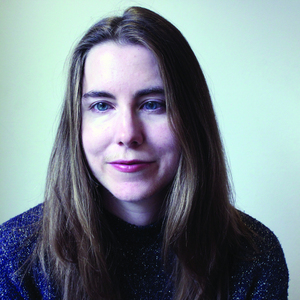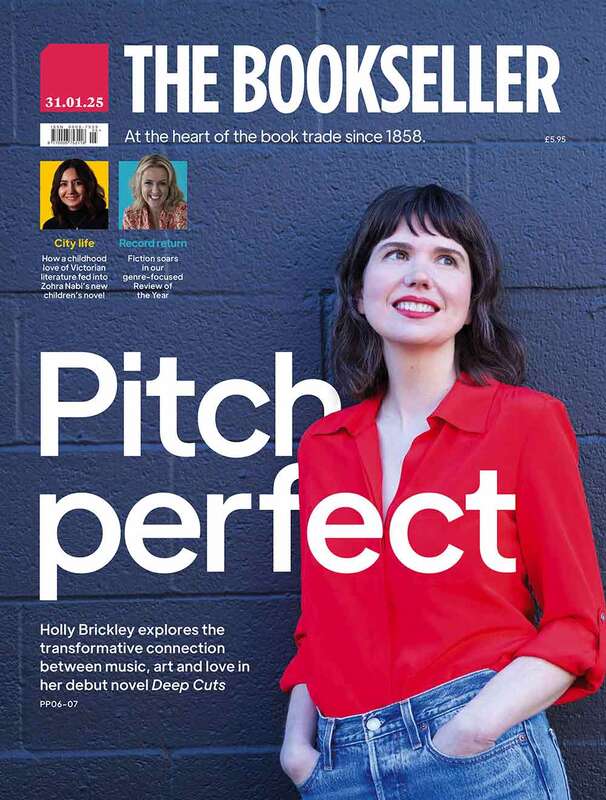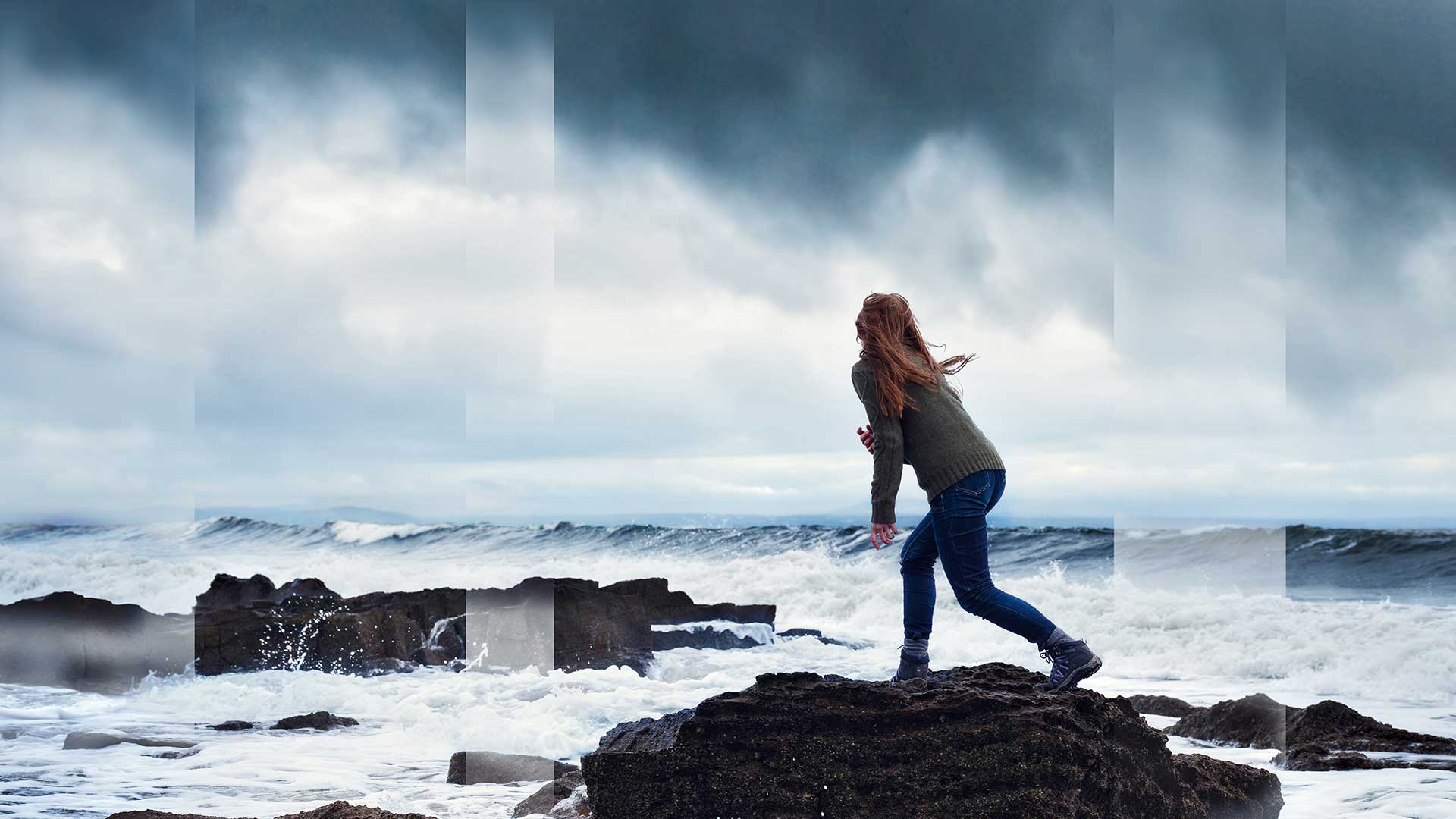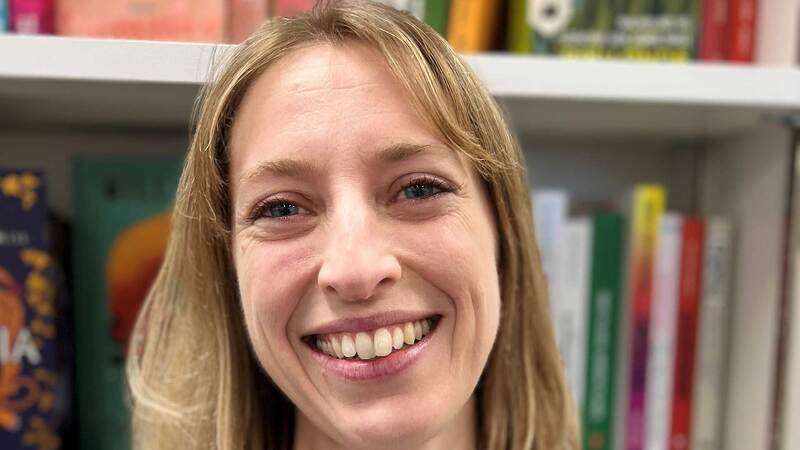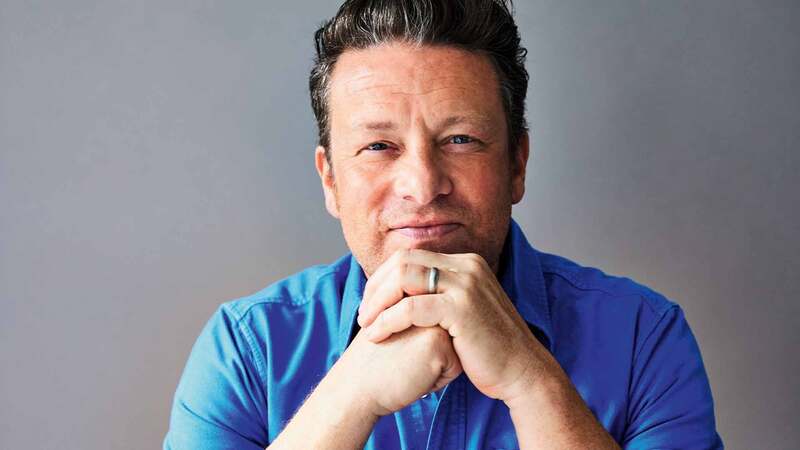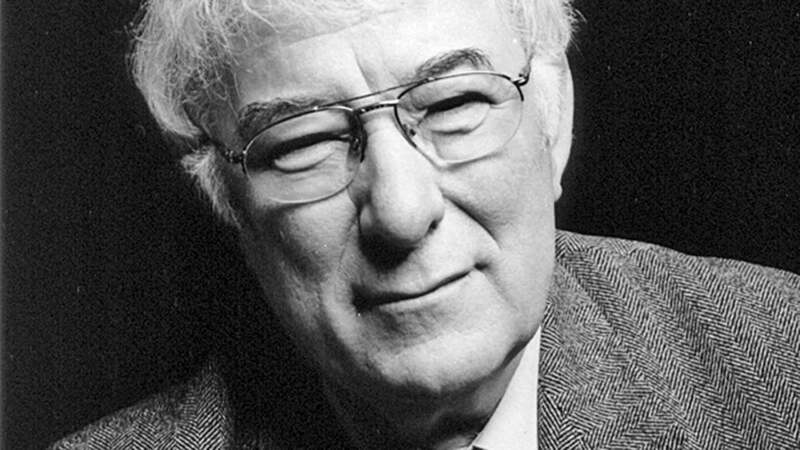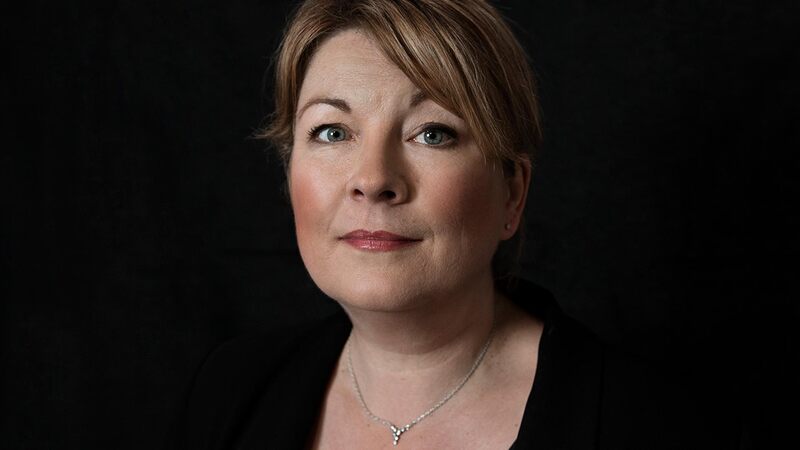You are viewing your 1 free article this month. Login to read more articles.
Double mirror
With both stage and film versions premiering in Edinburgh, The Outrun showcases different adaptation styles.
When the relaunched Edinburgh International Film Festival opens later in August it will be with a screening of Nora Fingscheidt’s adaptation of Amy Liptrot’s best-selling 2016 memoir, The Outrun. Liptrot’s account of her struggles with alcohol and drug addiction, and her eventual return home to the remote islands of Orkney to try and rebuild her life, was something of a publishing phenomenon, a memoir which scooped up awards and sold in large numbers. It is now the basis for a major film starring Saoirse Ronan, whose performance is already being talked about in terms of awards.
It is, however, not the only version of Liptrot’s book that audiences can see this August. A stage version is also one of the major theatre shows of this year’s Edinburgh International Festival (EIF), in a stage version written by leading Scottish playwright Stef Smith, produced by Edinburgh’s Lyceum Theatre, and directed by Vicky Featherstone, former artistic director of London’s Royal Court (and, before that, artistic director of the National Theatre of Scotland).
The production forms part of the wider EIF theatre programme which, while international in outlook, often foregrounds Scottish made work. "The Outrun" is one of two major premieres at this year’s EIF, alongside "The Fifth Step", a new play by David Ireland, starring Jack Lowden, who played a hapless River Cartwright in Apple TV’s "Slow Horses". (Lowden incidentally also co-produced the film version of "The Outrun" alongside Ronan.)
Liptrot grew up on a remote farm on the west coast of Orkney. The place shaped her, but as a teenager she moved to London, seeking a more exciting life than she had experienced growing up. There, she gradually sunk into addiction and a life of alcoholic chaos. The Outrun is a book about homecoming, about returning to the place in which you grew up and trying to live a life of sobriety. As compelling as it was as a narrative, it presents quite a lot of challenges to a dramatist. It is the story of someone wrestling with their sense of self, while trying to heal. Liptrot goes wild swimming in the freezing Atlantic Ocean. The landscape plays a large part in her story (both Orkney and the east London neighbourhood in which she found herself). Large passages of the book concern the search for elusive birds. Liptrot somehow makes this compelling, but it is not an easy thing to convey on stage.
How do you take a narrative that is largely about the protagonist’s emotional journey, their relationship with themselves and the place in which they grew up, and make that theatrically compelling?
Smith’s adaption features a cast of six, plus four singers. A recent piece in the Scotsman describes it as using a wave structure to conjure up the main character, who is not named in the play; waves of attraction, waves of repulsion. Video and sound design will play a large part in the way the production captures the sense of place, whereas a film can simply transport us to a given location—theatre needs to deploy a more subtle and sensory approach.
Liptrot adapted her own book together with Fingscheidt for the film adaptation. She obviously has a direct connection to the material and, judging by some of the early reviews—Time Out was among the wowed—this translates on screen. Several critics refer to its searing honesty and people are already talking about Ronan’s performance as potentially Oscar-worthy. Variety was less convinced by the film and its "sombre, meditative, structurally free-form" nature of adaptation, calling it "unrelentingly drab".
Smith has perhaps the more difficult challenge of trying to construct something theatrical from material that is relatively internal. How do you take a narrative that is largely about the protagonist’s emotional journey, their relationship with themselves and the place in which they grew up, and make that theatrically compelling? It is interesting that while a lot of the coverage of the film has hinged on Ronan’s performance of the role—called "Rona" in the film, nameless in the stage adaption—the coverage of the stage production has focused more on Smith and her fellow creatives’ adaptation.
The Outrun provides audiences in Edinburgh with a fairly unique opportunity in this respect. While books are often adapted for different mediums, it is relatively rare for a film version and a stage version to be presented so close together, never mind at festivals in the same month in the city. What is even more unusual is for the text in question to be something like Liptrot’s book, which is the opposite of plot-driven, a narrative built around the power of place and a book, which as Smith said in the Scotsman article, leaves the reader with a sense of mystery.
The Outrun is at Church Hill Theatre, Edinburgh, 3-24 August.
